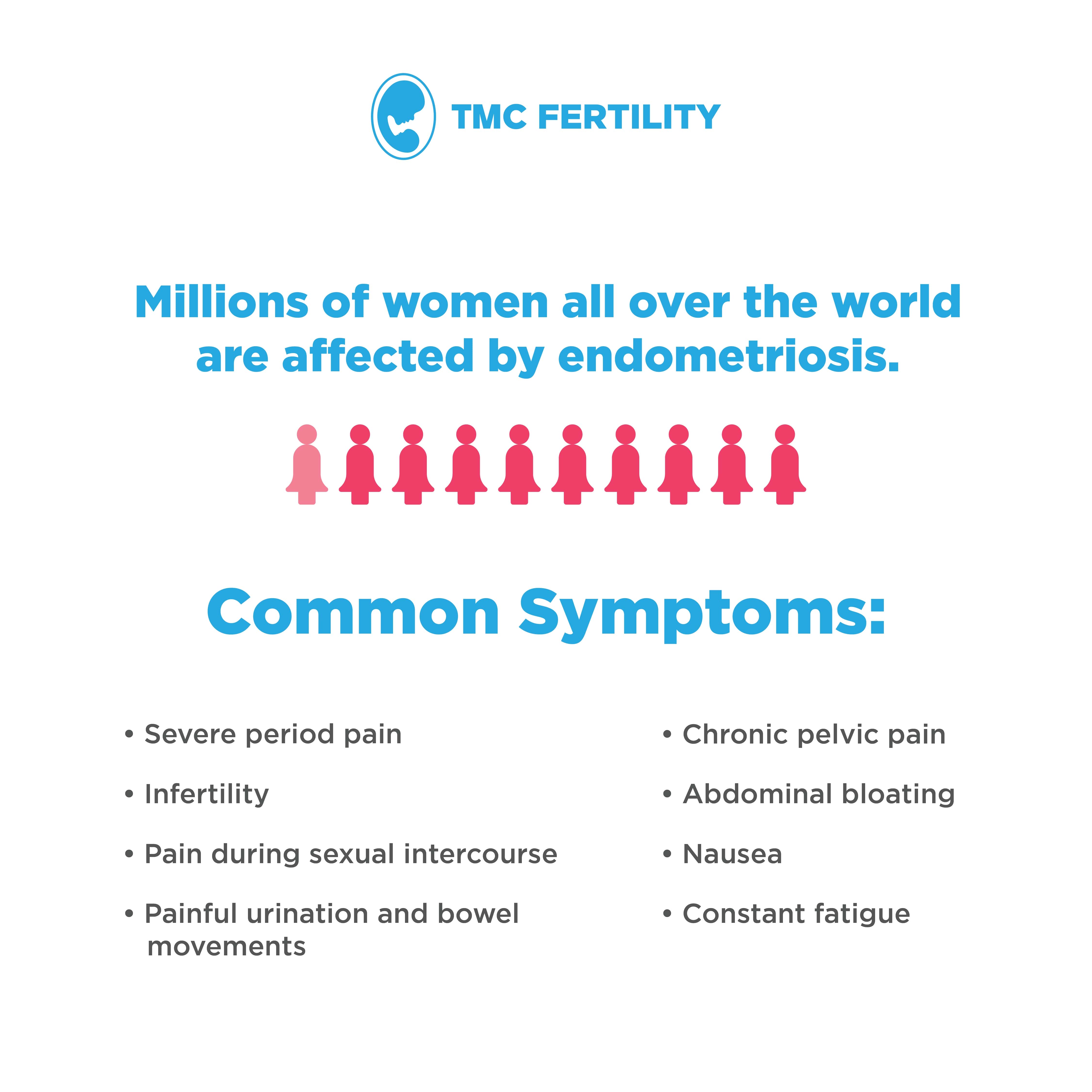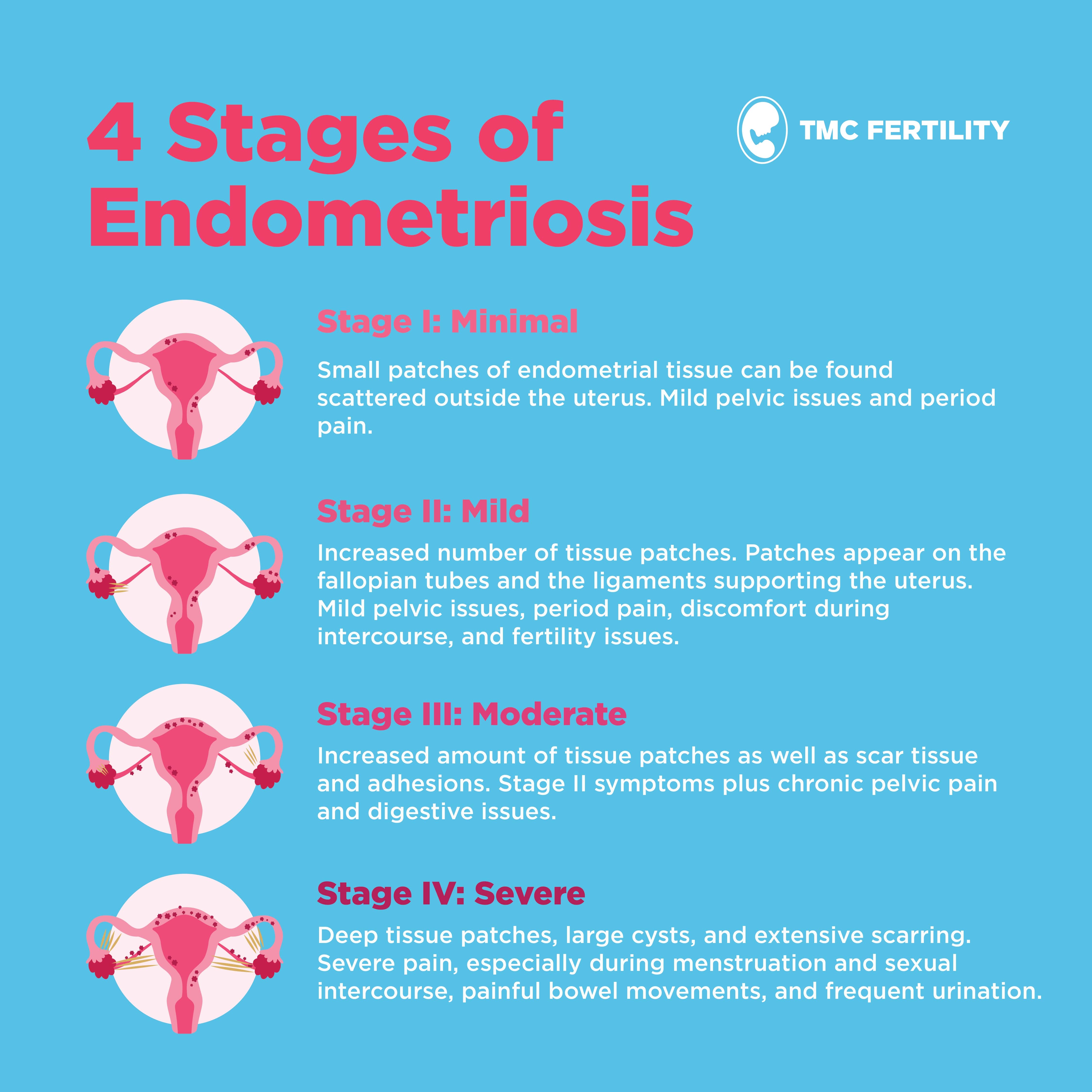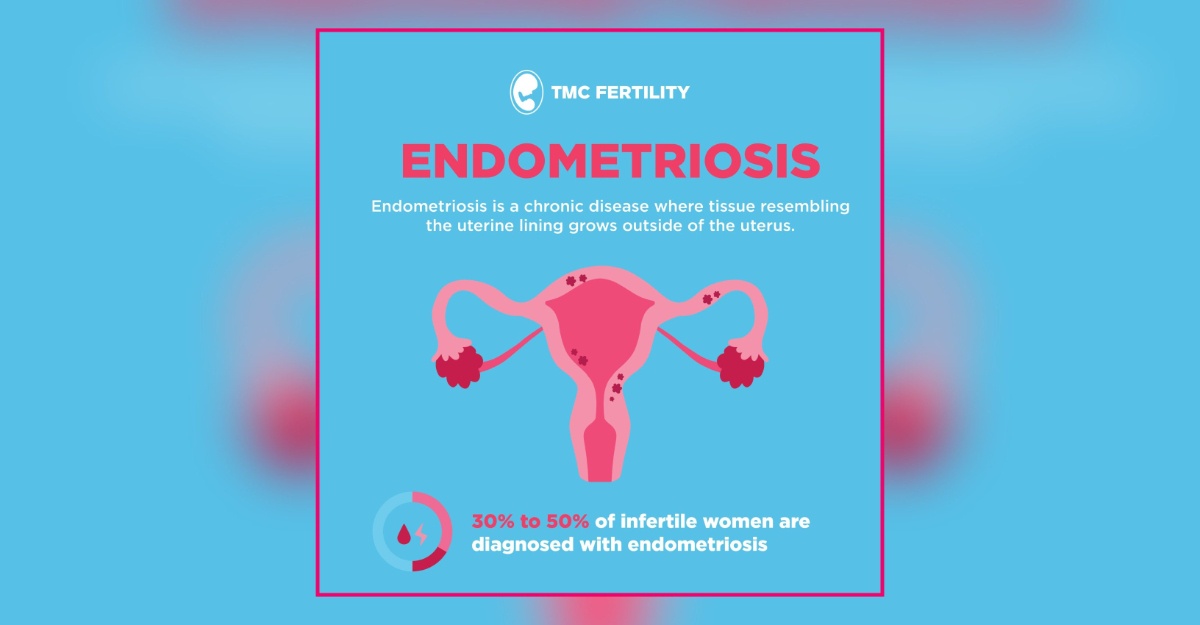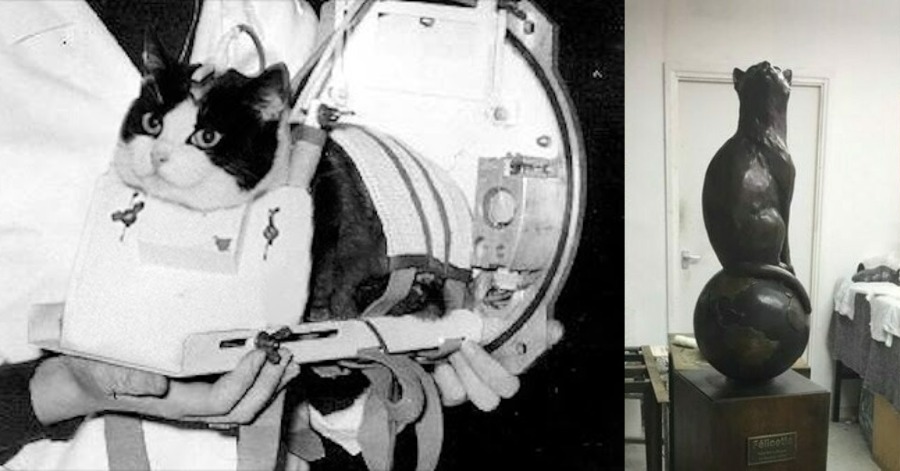In Malaysia, a silent struggle affects approximately 350,000 women, mirroring a global reality faced by around 190 million lives. We are talking about the relatively unknown adversary known as endometriosis – a term many may probably have heard of, but very few truly comprehend. In conjunction with Endometriosis Awareness Month, we take a brief but highly-crucial look into this often-misunderstood condition, to empower women and their loved ones with knowledge and hope
Imagine an inconceivable agony in the form of a condition so pervasive yet so clandestine, it weaves through the lives of millions, eventually manifesting as excruciating pain that casts shadows on some of women’s most routine activities – menstruation, intimacy, or even a simple act of urination or bowel movement.
Imagination aside, this is the sad reality of those with endometriosis, a condition where tissue akin to the uterine lining grows outside the uterus, causing debilitating pain, severe bloating, fatigue, and an array of symptoms. For many, these symptoms lead to a darker path of depression and anxiety. Yet, they are still expected to go about their daily lives, often alone and without proper support

The stakes are even higher when it comes to fertility and women of reproductive age. With 30% to 50% of infertile women found to be wrestling endometriosis, the dream of motherhood instead becomes a nightmare; a physiological battlefield marred by distorted pelvic anatomy, scarred fallopian tubes, and a myriad of factors affecting egg quality and pregnancy.
A silent struggle often unheard
With significant statistics and staggering numbers, what is really more alarming is that there remains an overwhelming lack of awareness in Malaysia.
Surita Mogan, Founder and President of the Endometriosis Association of Malaysia (MYEndosis) emphasises the fact that that despite the many women who are affected by endometriosis in the country, there remains limited documentation and mindfulness of their plight.
“Malaysians are generally not aware of what endometriosis really is and why some women have this condition. One of the biggest reasons is because it is often considered as a taboo subject. People are simply uncomfortable speaking about menstrual health openly. But it doesn’t have to – rather, it shouldn’t – be that way,” she says.
“In fact, breaking this silence is immensely crucial. By fostering open conversations and increasing visibility, we can challenge misconceptions and create a supportive community where women feel seen and heard. We need to change the narrative around menstrual health and endometriosis. We need better research, better resources, and better recognition of this condition. By doing so, we can begin to pave the way for a future where endometriosis is not a burden anymore carried in silence, but a challenge met with understanding and solidarity,” she explains.
Indeed, the comforting truth behind this ostensibly taboo topic and shroud of seemingly silent anguish, is that there really lies a beacon of hope. Like Surita Mogan, there are other advocates and medical professionals working tirelessly to give women with endometriosis a fighting chance. They make up a caring community of unsung heroes who have dedicated their vocation to journey with patients, from diagnosis, to treatment, to providing much-needed continued care and support. Among them are Dr. Liza Ling Ping, Consultant Obstetrician, Gynaecologist, and Fertility Specialist at TMC Fertility, a chain of fertility and women’s specialist centres located in Penang, Ipoh, Johor Bahru, and the Klang Valley.
“This Endometriosis Awareness Month, we have stepped up efforts in our mission to shed light on the profound impact of this condition, especially on infertility. We hope these can help empower women to seek timely diagnosis and access comprehensive care, so that nobody will have to face the hardships of endometriosis alone,” says Dr. Liza.
“Beyond physical symptoms, we have seen how endometriosis deeply affects one’s emotional well-being, relationships, and quality of life. By providing education, support, and advanced treatment options, we aim to uplift and guide women and their families through their journey, ensuring they receive the compassionate care and attention they deserve. Our goal is to foster deeper understanding and treatment of this condition, making a positive difference in the lives of women everywhere,” she adds.
Understanding endometriosis and the path forward
Endometriosis reveals itself in stages, each a reflection of the complexity and varied impact of the disease. From minimal to severe, each stage paints a picture of the condition’s progression, offering insights into the symptoms and treatment options designed to alleviate pain and restore quality of life.

The first stage, or minimal endometriosis, involves scattered patches of tissue, often without symptoms or with mild pelvic discomfort. In the second stage, mild endometriosis, the number of tissue patches increases, potentially affecting fertility and causing discomfort during menstruation and intercourse. Stage three, or moderate endometriosis, sees further spread with scar tissue and adhesions, leading to chronic pelvic pain and digestive issues. Stage four, or severe endometriosis, is characterised by extensive tissue patches, large cysts, and significant scarring, resulting in intense pain and potentially impacting bowel and urinary functions.
It has to be understood that while there is no absolute cure for endometriosis, an official diagnosis allows for the classification of the patient’s condition stage, guiding the choice of treatments to manage symptoms and improve quality of life.
In this regard, knowledge is certainly power, and early intervention is key. There is a spectrum of treatments available to patients, from laparoscopic surgery to specialised fertility treatments, all aimed at managing symptoms and preventing escalation. Early diagnosis and intervention can open the door to effective treatment options that not only alleviate symptoms, but also improve quality of life, and even protect fertility.
For those who suspect that they themselves, or someone close to them, might be navigating the challenging waters of endometriosis, it is absolutely crucial to step forward and seek formal help and professional medical attention. This is also an important step towards the wellbeing of countless others who might be suffering in silence. Reach out, seek support, and take that crucial step towards a future where endometriosis is no longer an invisible burden, but a challenge met with compassion, knowledge, and most of all, hope.
For more information about fertility treatment options, visit www.tmcfertility.com.








